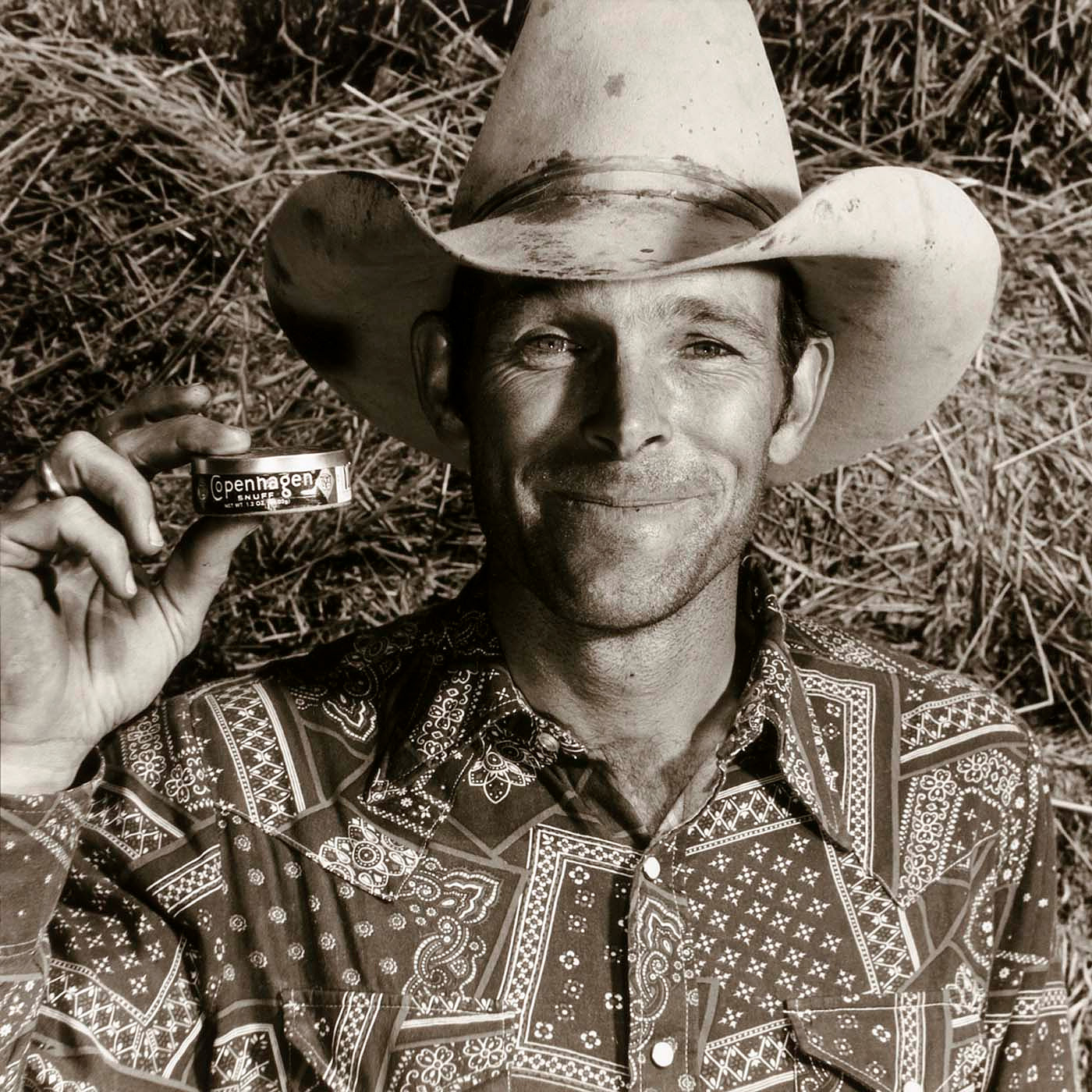
Paisley: Of Kings and Gangsters
 Cooper Hewitt
Cooper Hewitt
Let’s talk about a shape. Not a simple kind. Not the circles and rectangles of the world. Rather, the kind of shape that can’t be mistaken for something else, because its contours are too distinct to be ambiguous, too recognizable to fall into the realm of optic whim. It’s a shape that has come to mean something. Let’s talk about a symbol. Let’s talk about paisley.

A textile from Iran, 20th Century. Collection of Cooper Hewitt.

Shawl (India) 19th Century. wool Technique: 2/2 (S-spun) twill tapestry, embroidery. Bequest of Dorothy Franklin Rolph. Collection of Cooper Hewitt.

Royal Paisley Pot by Howard Kottler, 1970 USA. Collection of the Smithsonian American Art Museum.

Shawl Border (France), 19th Century. Collection of Cooper Hewitt.

The Sacred Tree of Life by Mukul Dey. Collection of the Smithsonian American Art Museum.

Cover of a Bookbinding made in Kashmir, India. Papier-mache with lacquer, probably made in the 18th Century. Collection of the Freer Gallery of Art and Arthur M. Sackler Gallery.
Let’s talk about how the ancient Persians marveled over the curled leaves of cypress trees and etched them onto their crowns and royal attire. It stood for life and eternity, and the pattern spread – because who can argue with life and eternity? Indian artisans famously wove them on Kashmir scarves and proliferated them throughout the Silk Road.

A leaf from the cypress (Cupressus sempervirens) that inspired early Persian design. Collection of the National Museum of Natural History, Botany Collection.
Lets talk about the Roman god Apollo, and how he went hunting one day. And when he killed a deer that he soon discovered was his beloved stag, he begged to weep forever, and his tears took the form of these magnificent leaves.
How the pattern went viral in Europe (at least the way things go viral in the 17th Century). How the East India Company couldn’t ship enough to keep up with demand, and the following 200 years of industrial innovation couldn’t replicate the wealth of colors exhibited by their Mediterranean originators. France even banned it for almost a century, but that only made people want it more. Some things never change.
Let’s talk about the weavers in a small Scottish town who loved it so much they adopted it as their signature industry, until they threw out the whole weaving thing altogether and just printed it on cotton squares. These squares would come to be known as bandanas. The pattern became synonymous with the town, Paisley.
And then let’s talk about pirates from the Spanish Galleon, who introduced paisley to the New World. And how some of the first to adopt the Indian designs were American Indians. And how people back then may or may not have found that ironic. How cowboys – who were actually much more worldly with their fashion than they’re given credit for – wrapped it around their faces to shield their lungs from the dust of the western frontier. Quiltmakers called it “Persian pickle,” and literally wove it into the fabric of American tradition.

Susan Holbert’s “Little Sister’s Quilt,” 1850 – 1860. Collection of the National Museum of American History.

Huddie “Lead Belly” Ledbetter, 1945. Photographer: Berenice Abbott. Collection of the National Portrait Gallery.

Kaycee Cowboy, from the Wyoming Documentary Survey Project, 1979. Photographer: Penny Diane Wolin. Collection of the Smithsonian American Art Museum.
And we should also talk about hippies – who even back in the 60’s were called hipsters. And just like hipsters today, they gravitated towards old eccentric stuff that their favorite bands were into. And the Beatles were really into stuff from India, like paisley. And so the hipsters flocked to paisley. Some things never change.

“Hippie” Dress or Shirt, circa 1960. Collection of the National Museum of American History.

Throat by Jim Dine, from the portfolio 11 Pop Artists, Volume II. Collection of the Smithsonian American Art Museum.
And if we talk about the 60’s, then we should talk about the 70’s. And Buddha, the gangster from Los Angeles. And how he carried a folded blue paisley bandana in his back pocket simply because it matched his Levi’s and suspenders. And how, when he died in 1973, his dear friend Tookie Williams instructed that all members of the gang they founded together, the Crips, carry a blue bandana to remember him by. And how their rivals took note. And how, despite the infinite spectrum of colors that have dyed, stitched and woven paisley, wearing certain colors in certain places distinguished kin from enemy.

Bandanna (USA), early 20th Century. On display at Cooper Hewitt.

Bandana (USA), 1930-1950. Collection of Cooper Hewitt.
Let’s talk about paisley as an American symbol that, like most American symbols, came from far away and long ago. Because what better symbol is there to talk about the vastness of life and eternity than one that can represent kings and gangsters alike?






